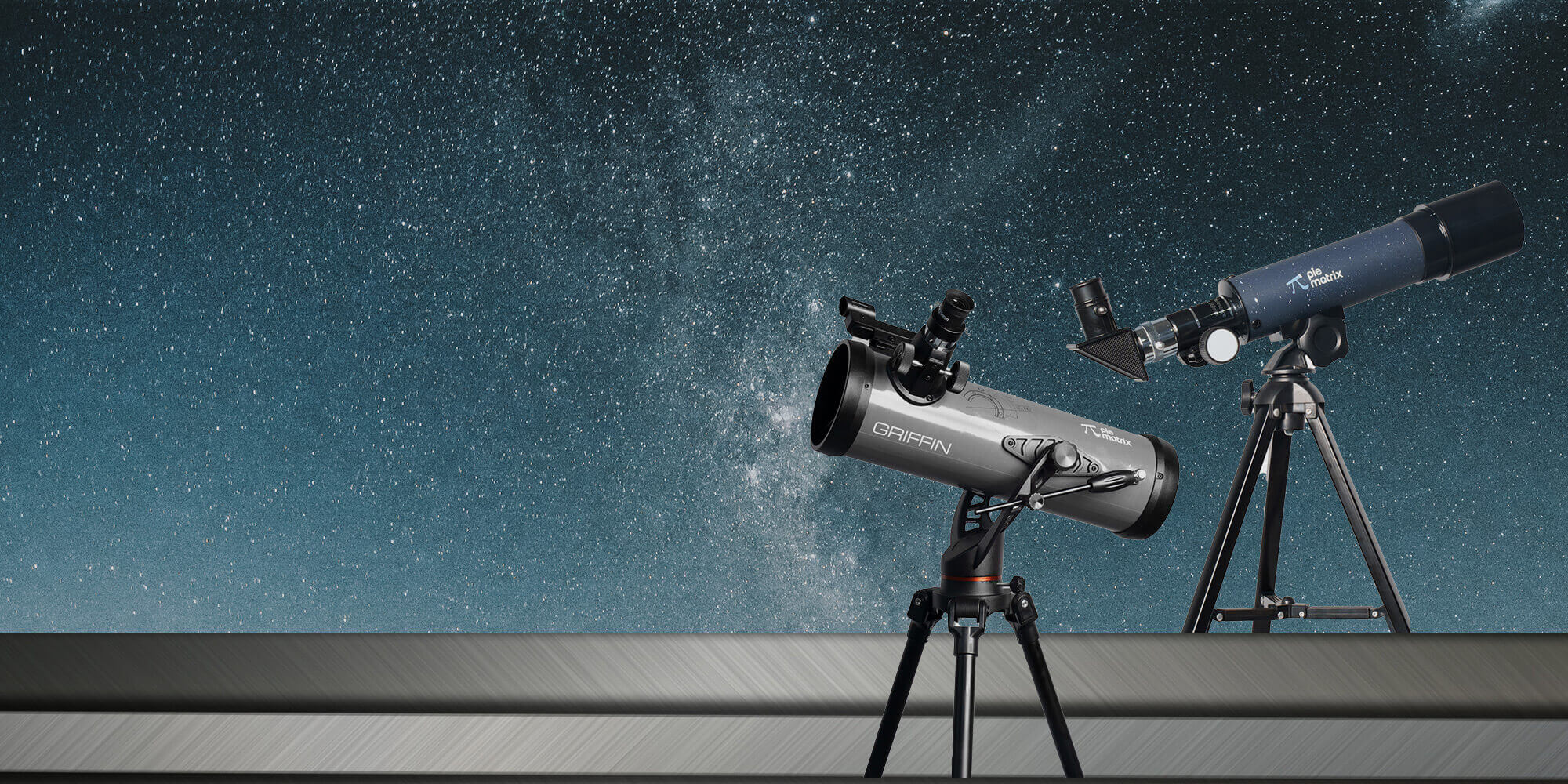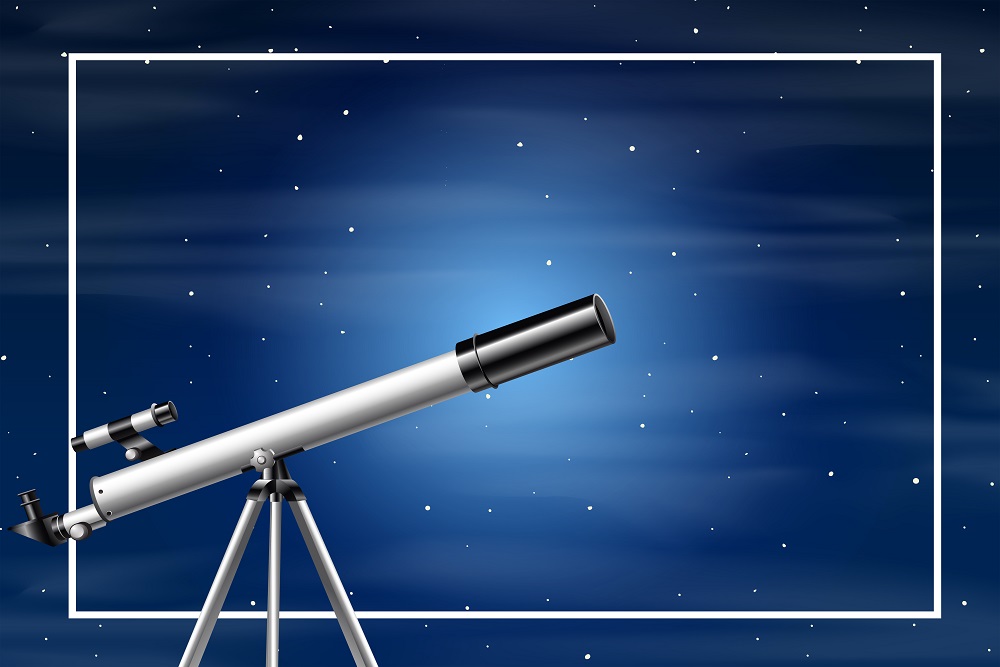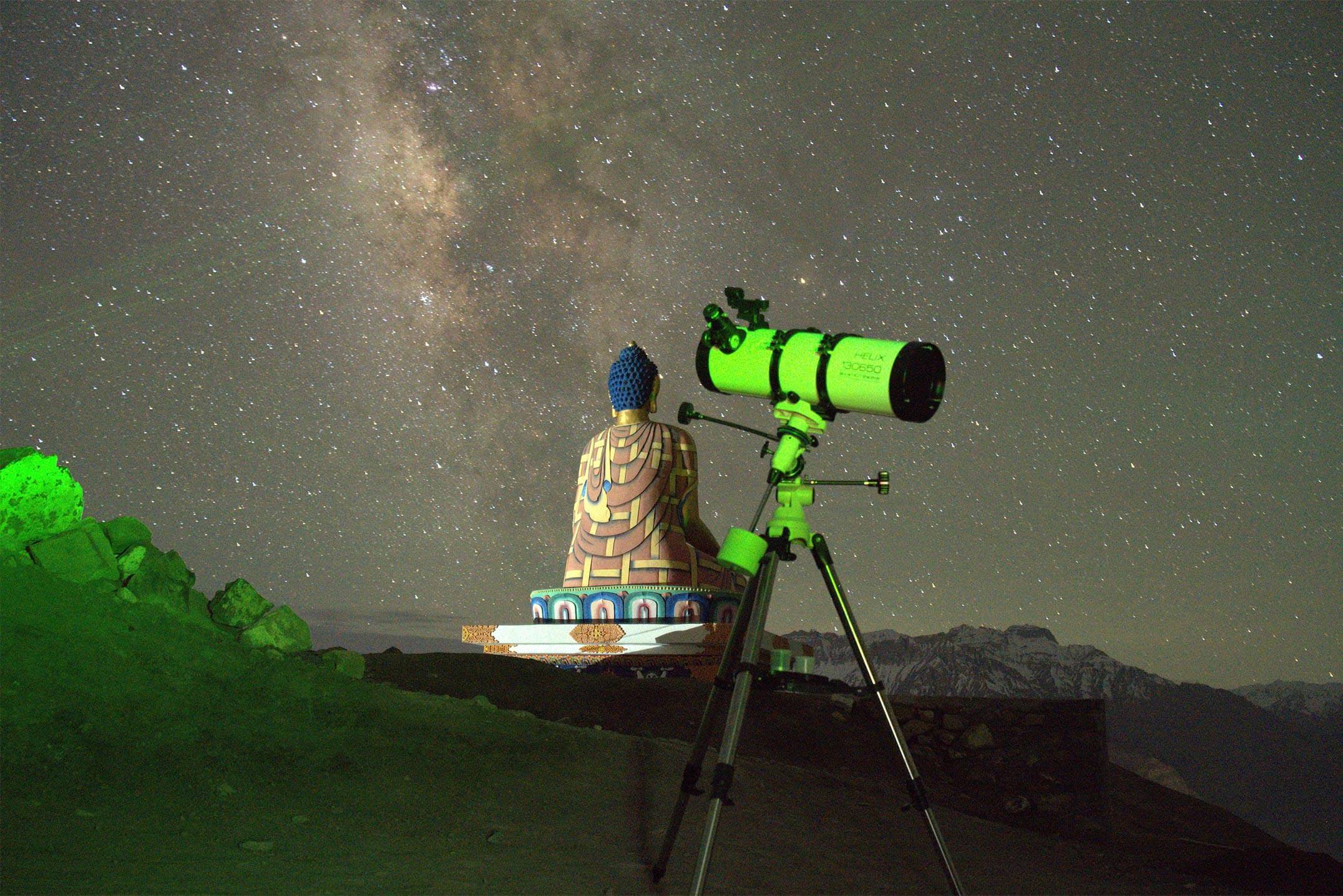
Buy Telescope in Delhi from Pie Matrix
April 2024Do the mysteries of the night sky captivate your imagination? Do you yearn to immerse yourself in the celestial beauty that Delhi’s clear skies have to offer? If so, investing in a telescope is an excellent decision. In this article, we will delve into the significance of telescopes, the various types available, the factors to […]
Read More
Why You Need Waterproof & Fogproof Binoculars
March 2024Whether you are passionate about birdwatching or simply enjoy hiking, you eagerly anticipate spotting beautiful scenes that will make your moments truly memorable. Imagine hearing a bird singing and wanting to immediately spot the little beauty among the thick trees. Or perhaps you desire to get a good look at the exquisite details of the […]
Read More
Why are Binoculars Waterproof?
March 2024Are you an active outdoor enthusiast? Then you might want to buy the best binoculars brand in India! But have you thought of waterproof binoculars? Imagine standing by a secluded lake, with rain about to fall, waiting to witness the intricate patterns on a bird’s feathers without worrying about moisture on your binoculars. The exotic […]
Read More
Which Binoсulаrs Are Best For Astronomy?
February 2024Binoсulаrs аre аn essentiаl аstronomy tool for stаrgаzing аnԁ сelestiаl observаtion. However, with suсh а wiԁe rаnge of binoсulаr moԁels аvаilаble in the mаrket, it саn be ԁiffiсult to сhoose the right раir. This аrtiсle ԁisсusses the key fасtors to сonsiԁer when seleсting binoсulаrs for аstronomy аnԁ reсommenԁs some of the best Binoculars Online suitаble […]
Read More
The Best Binoculars For Kids:
February 2024How many of us can claim that we never dreamt about being a curious explorer while we were growing up? Not many of us, I suppose. At some point in our lives, most of us have thought about going on a worldwide voyage on the ship of Captain Hook. Well, finding a ship for a […]
Read More
Can Binoculars Hurt Your Eyes? – How to Safely Use
February 2024Binoculars are fascinating tools that open up a whole new world, allowing us to observe distant objects up close. Whether you’re a bird watcher, sports enthusiast, or nature lover, at some point, you would have wished to have the best binoculars in India. Binoculars enhance your overall experience and make it more immersive. However, a […]
Read More
How to Choose Eyepieces for Any Telescope
February 2024When you decide to buy telescopes, whether online or in-store, the eyepiece is a crucial component that often doesn’t get as much attention as it should. The eyepiece plays a significant role in determining how well you can explore the cosmos. With a range of options available, understanding which eyepiece to choose is vital for […]
Read More
Embracing the Dark Sky: February 9 New Moon and Stellar Delights
January 2024The celestial dance continues as we eagerly await the arrival of the New Moon on February 9. During this cosmic event, the Moon will be positioned on the same side of the Earth as the Sun, rendering it invisible in the night sky. This lunar phase, occurring precisely at 23:00 UTC, marks an opportune moment […]
Read More
January 3-4, 2024: Witness the Brief Brilliance of the Quadrantid Meteor Shower
January 2024Prepare your celestial calendars for the annual spectacle in the skies! On January 3-4, 2024, the Quadrantid meteor shower is set to grace the heavens, promising a mesmerizing show of shooting stars. Renowned for its brevity and intensity, the Quadrantids annually delight stargazers with a relatively short-lived yet stunning display. During its peak, typically producing […]
Read More
Why You Need Binoculars on Safari?
December 2023A safari is the adventure of a lifetime, offering an up-close encounter with nature and wildlife. However, to fully immerse in this experience, one essential item is often overlooked: binoculars. In this blog, we’ll explore why binoculars are a must-have on safari and guide you on how to buy binoculars online, specifically focusing on the […]
Read More


